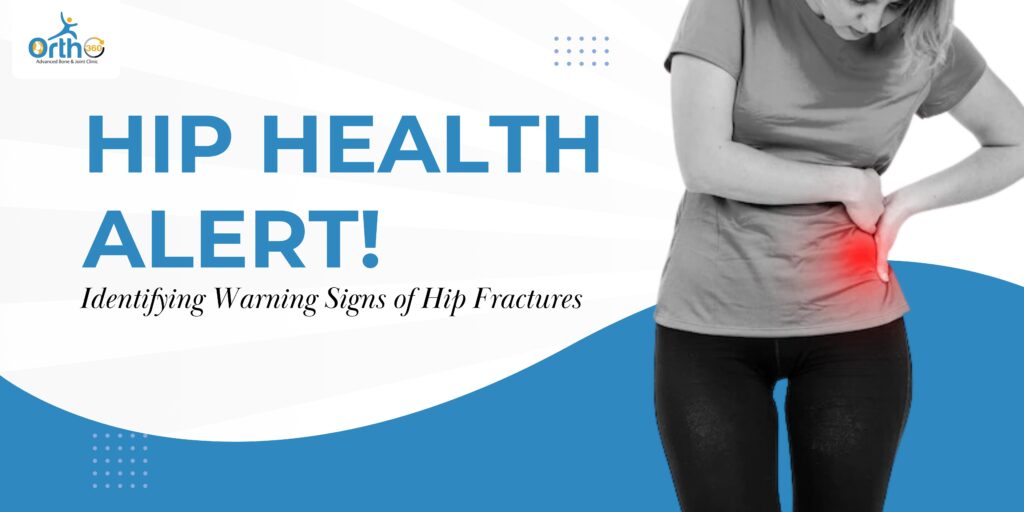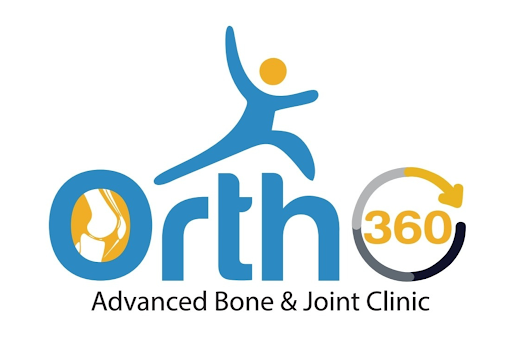
What are the signs of a hip fracture? Discovering the key indicators for early detection
Browsing to know what are the symptoms of a fractured hip ? Hip fractures are severe injuries that may impair one’s movement and quality of life immensely. Often associated with older adults, these fractures can also occur due to trauma or medical conditions affecting bone health. Recognizing the signs and symptoms of a potential hip fracture is crucial for prompt medical intervention and improved outcomes. In this blog, let us explore the signs that can help identify a hip fracture, allowing you to seek timely treatment and support.
Pain and Discomfort
The primary symptom of a hip fracture is severe pain in the hip or groin area. This pain is often intense and constant and worsens with movement or weight-bearing activities. It may radiate to the thigh, knee, or lower back. Hip fracture pain typically persists even during rest, unlike muscle strains or sprains.
Limited Mobility and Difficulty Walking
A person with a hip fracture may experience difficulty walking or be unable to put weight on the affected leg. It leads to a noticeable change in gait, where the affected portion may appear shorter or rotated outward. Simple activities such as standing up from a chair or getting in and out of bed can become challenging.
Swelling and Bruising
Swelling and bruising around the hip or groin area may accompany a hip fracture. It occurs due to trauma and bleeding within the fracture site’s soft tissues. Swelling can make the affected area feel warm to the touch, and the bruising may appear discoloured, ranging from purple to yellowish-green as it heals.
Inability to Move the Leg
Individuals with hip fractures often experience a notable restriction in their range of motion. Attempting to move the leg, bend the hip, or rotate the thigh may elicit severe pain. This limitation is particularly noticeable compared to the unaffected leg or the individual’s usual range of motion.
Swollen and curved legs
A hip fracture can cause the affected leg to appear shortened or externally rotated. The portion may arise from alignment or twisted compared to the unaffected side. These visual changes can be noticeable to the individual or their caregivers. They should raise suspicion of a potential hip fracture.
Numbness
In some cases, a hip fracture can affect nerve function, leading to changes in sensation or numbness in the leg or foot. The individual may experience tingling or a loss of feeling in the affected area. These sensory changes can indicate nerve compression or injury associated with the fracture.
Muscle Spasms
Muscle spasms in the hip or thigh can be a protective response to a hip fracture. The muscles surrounding the fracture site may involuntarily contract or tighten, contributing to pain and further limiting mobility. These spasms can be distressing and may intensify with attempted movement.
Finally, Recognizing the signs and symptoms of a hip fracture is vital for early detection and timely medical intervention. If you or a loved one experience severe pain in the hip or groin area, along with limited mobility, swelling, or changes in leg appearance, it is essential to seek immediate medical attention. Early diagnosis and treatment increase the chances of a successful recovery and help minimize complications associated with hip fractures. Remember, your health and well-being deserve the utmost attention.
Take control of your orthopaedic concerns with the expertise of Dr Kartheek Telagareddy, the best orthopaedic doctor in Hyderabad. At Ortho 360 Clinic, Dr Telagareddy specializes in pain management and has successfully performed numerous surgeries, ensuring optimal patient outcomes. With a wealth of experience and a compassionate approach, he is committed to providing the highest level of care. Don’t let orthopaedic issues hold you back any longer—schedule an appointment with Dr Telagareddy today and start your journey towards improved movement and pain-free life.

